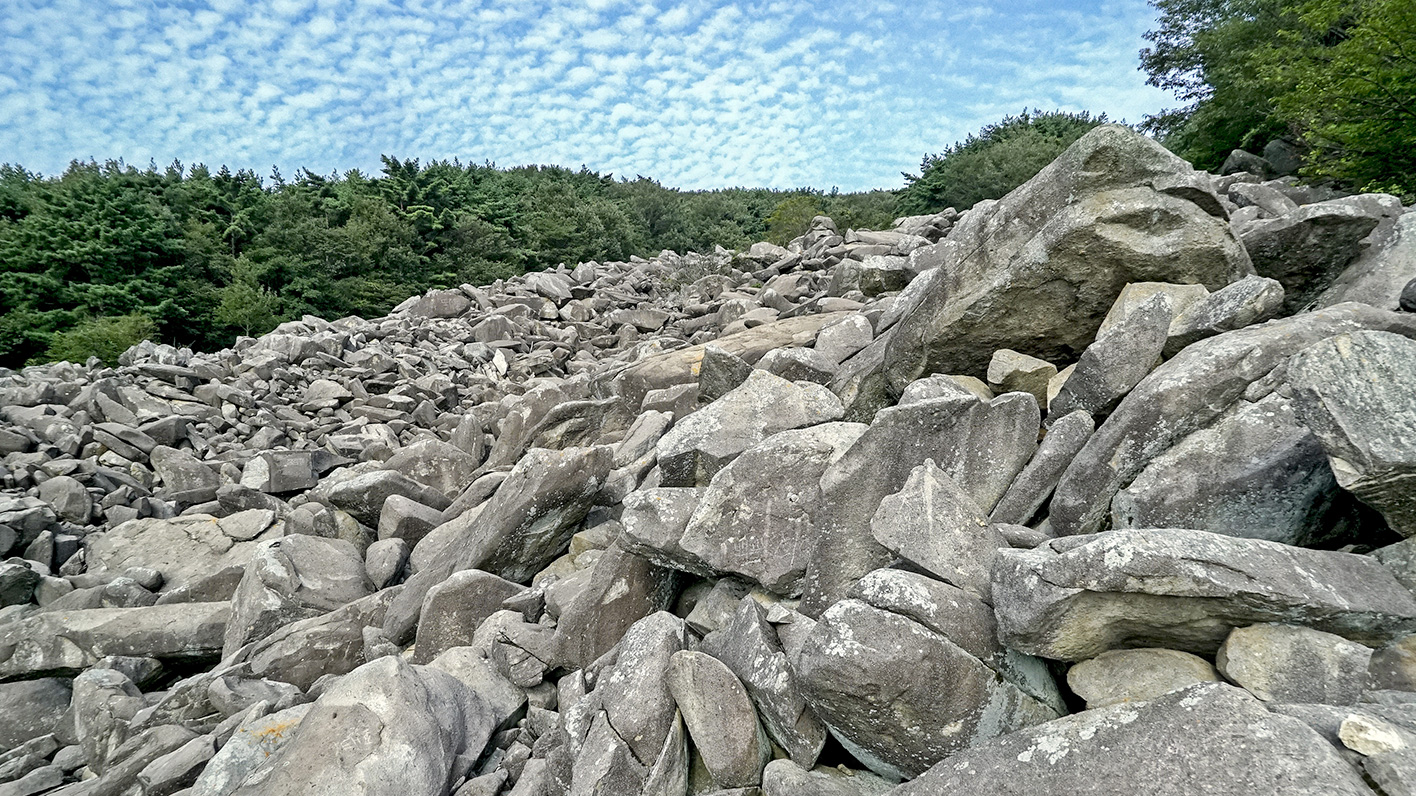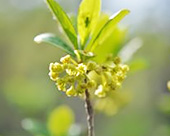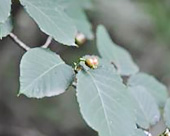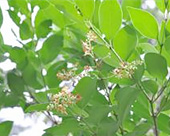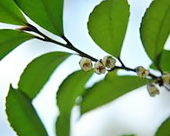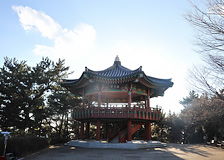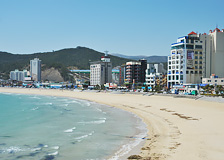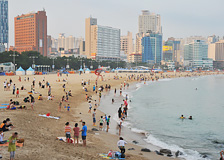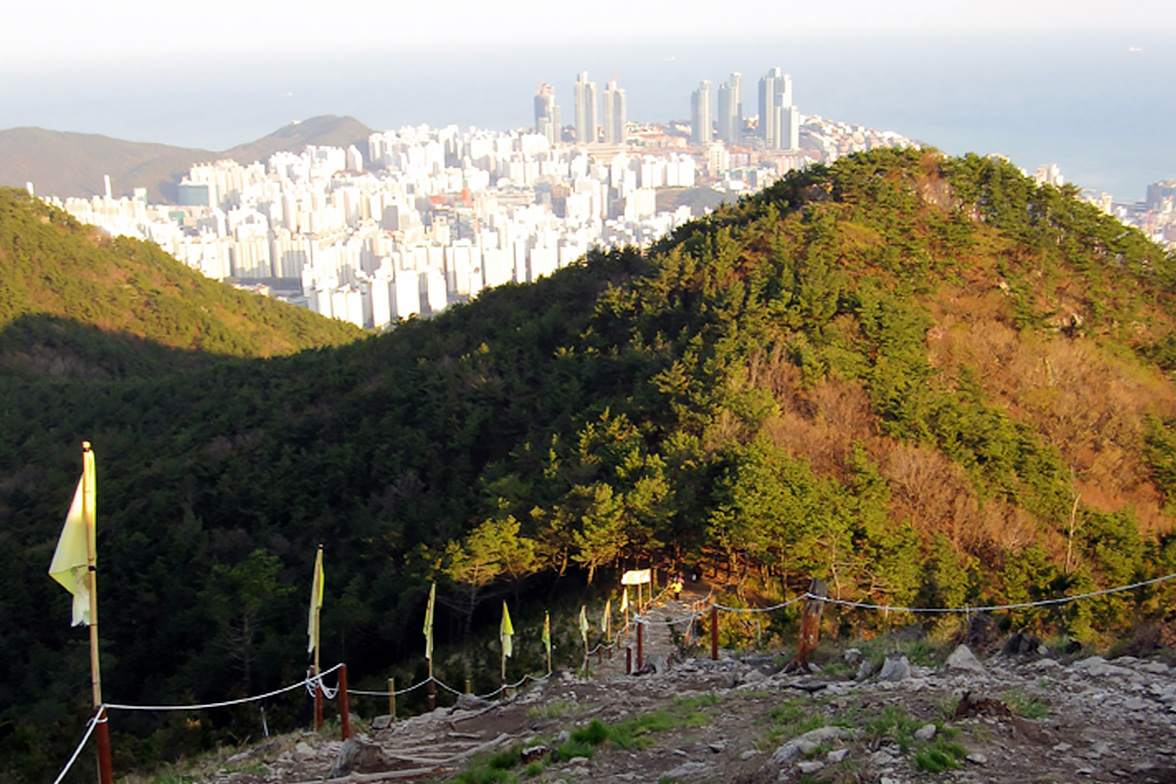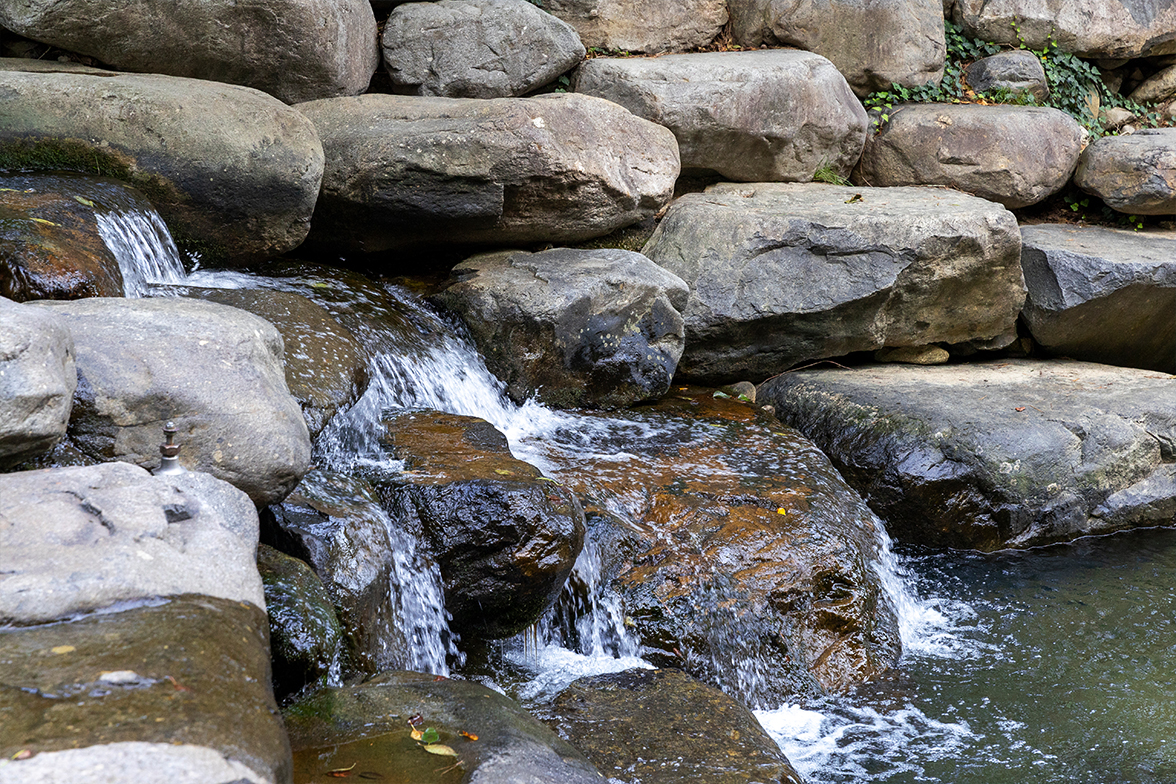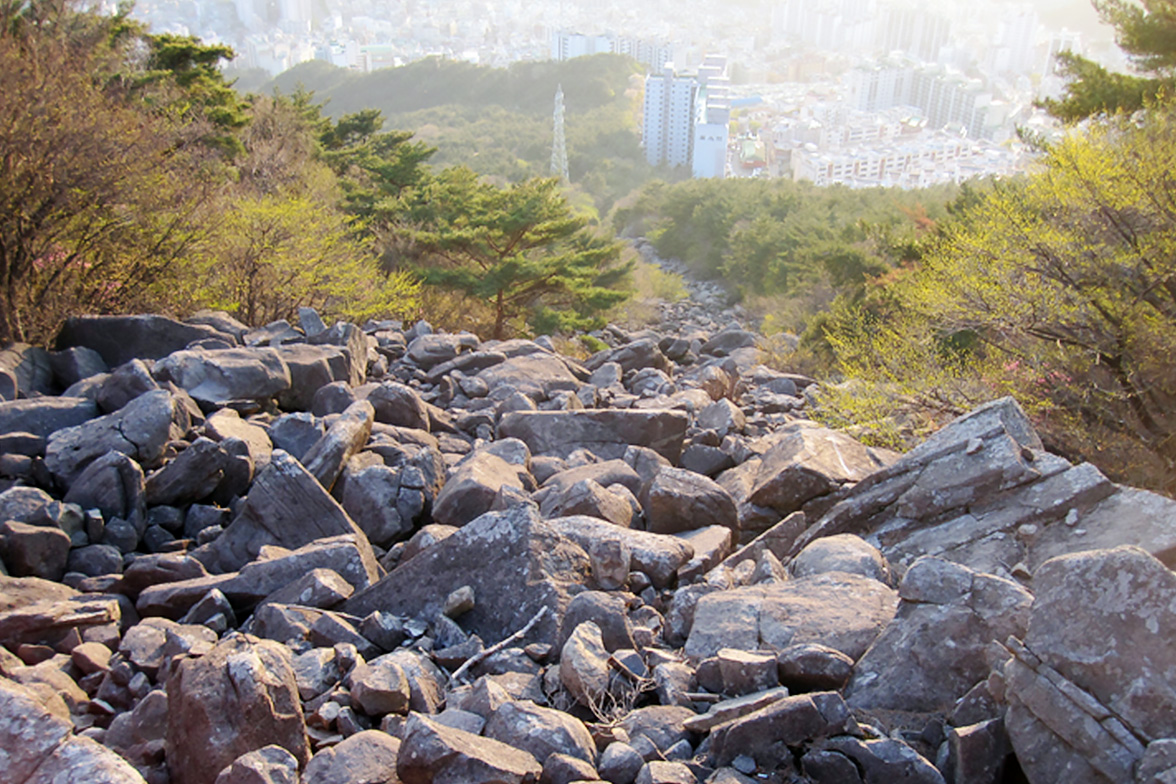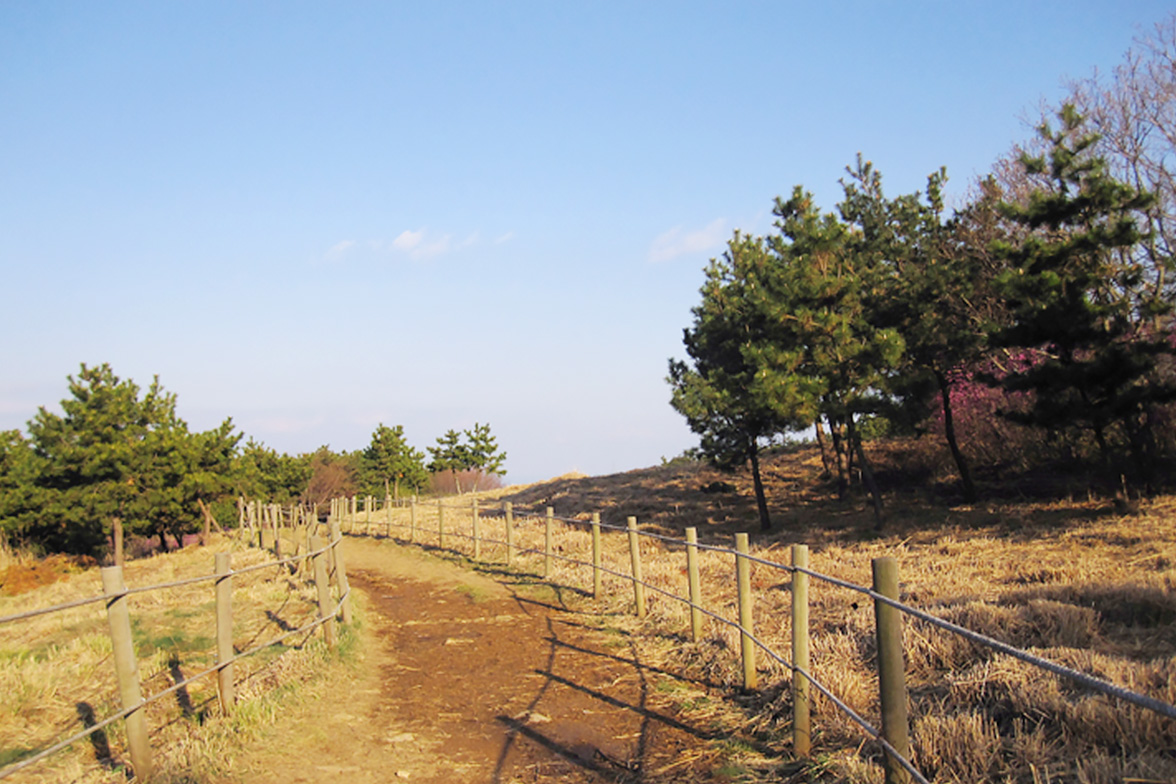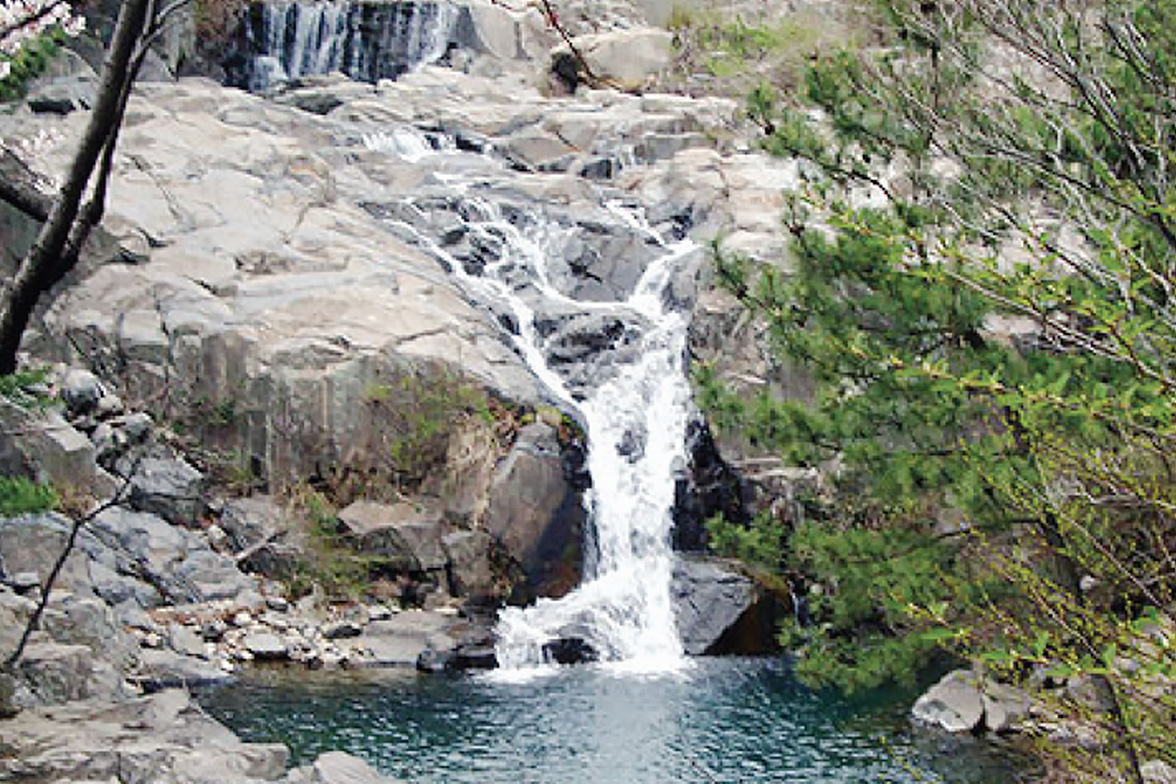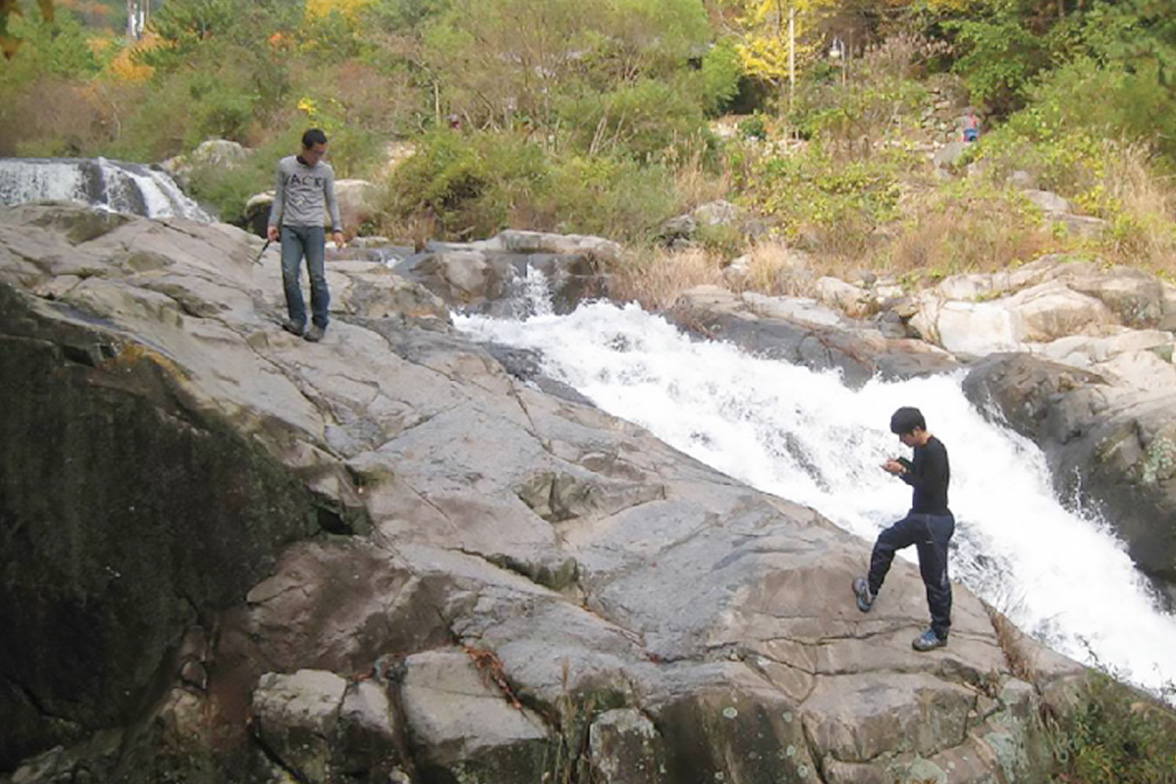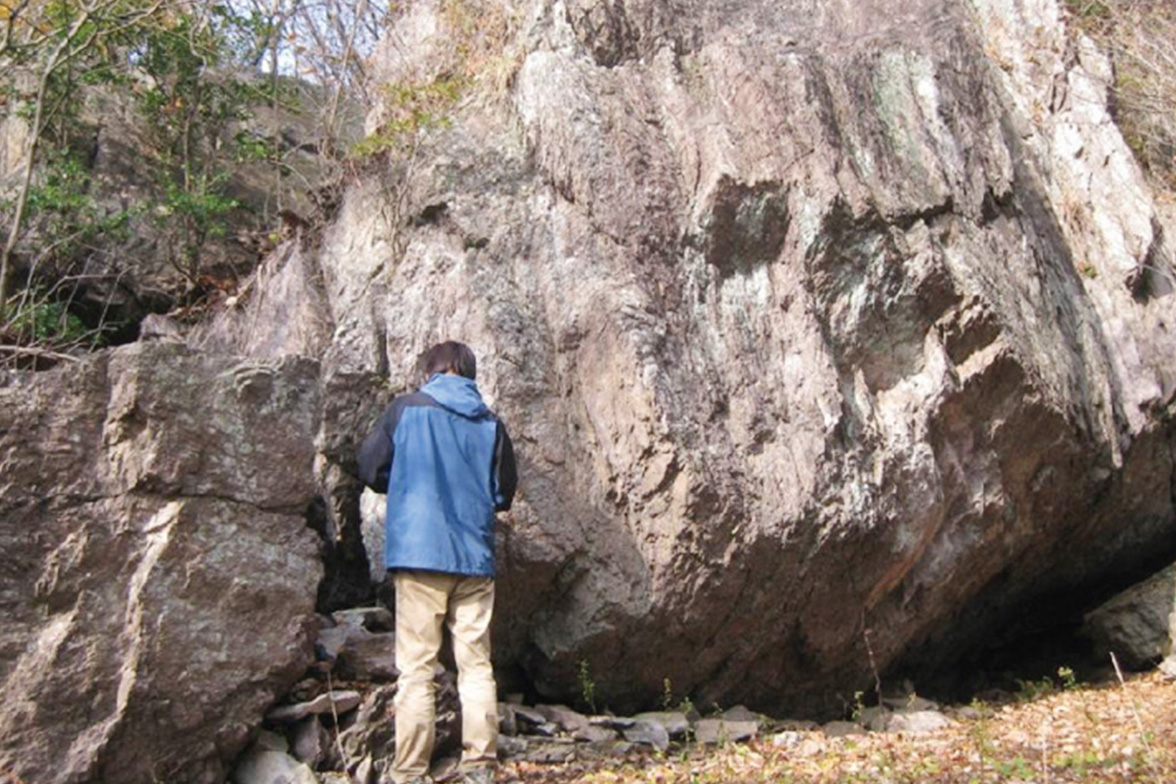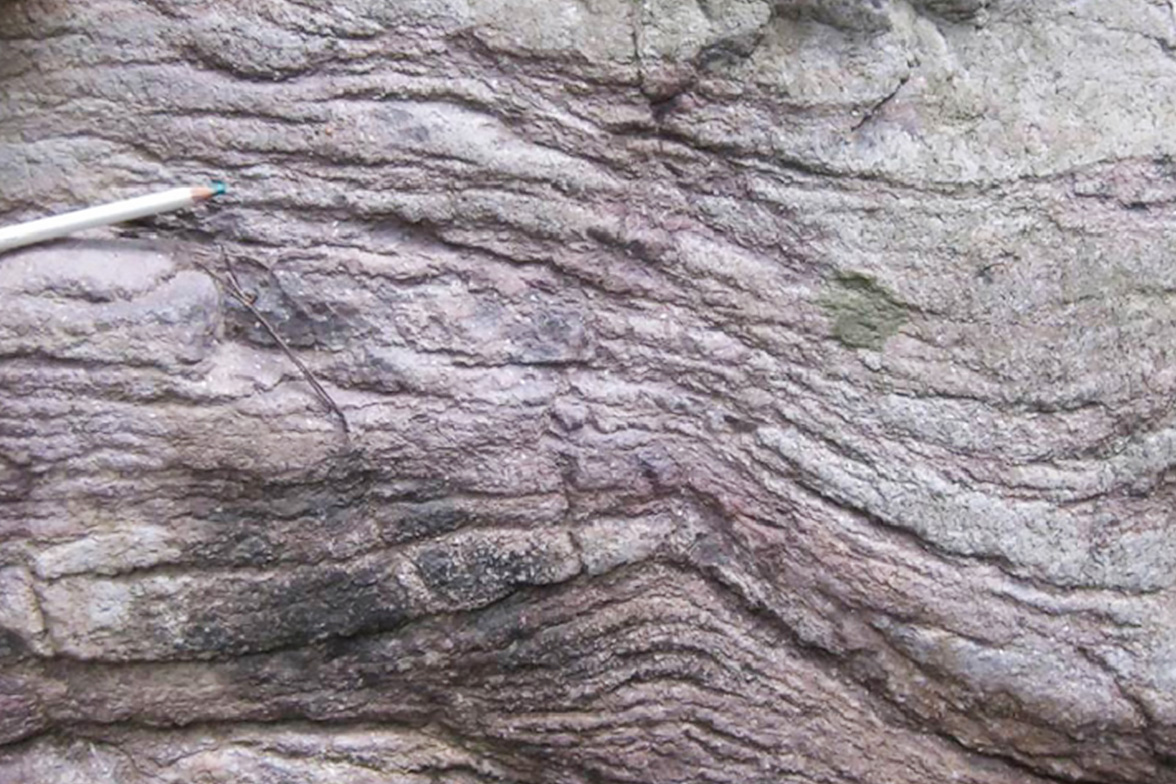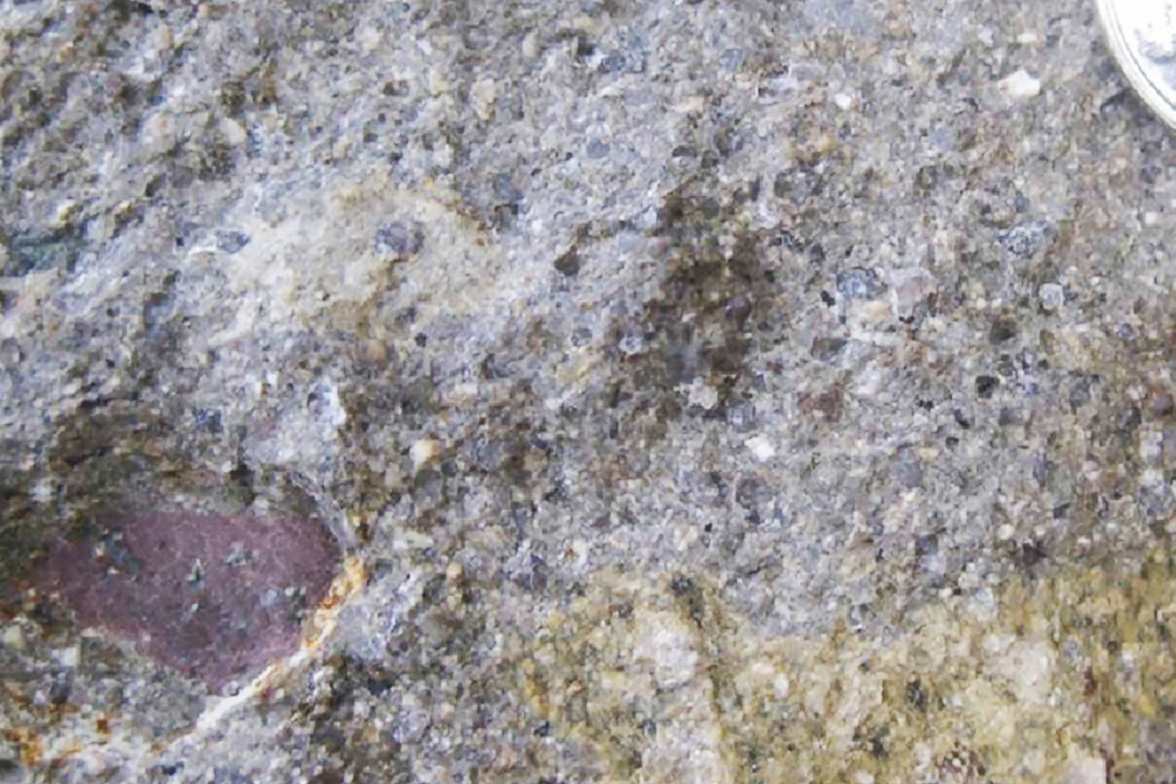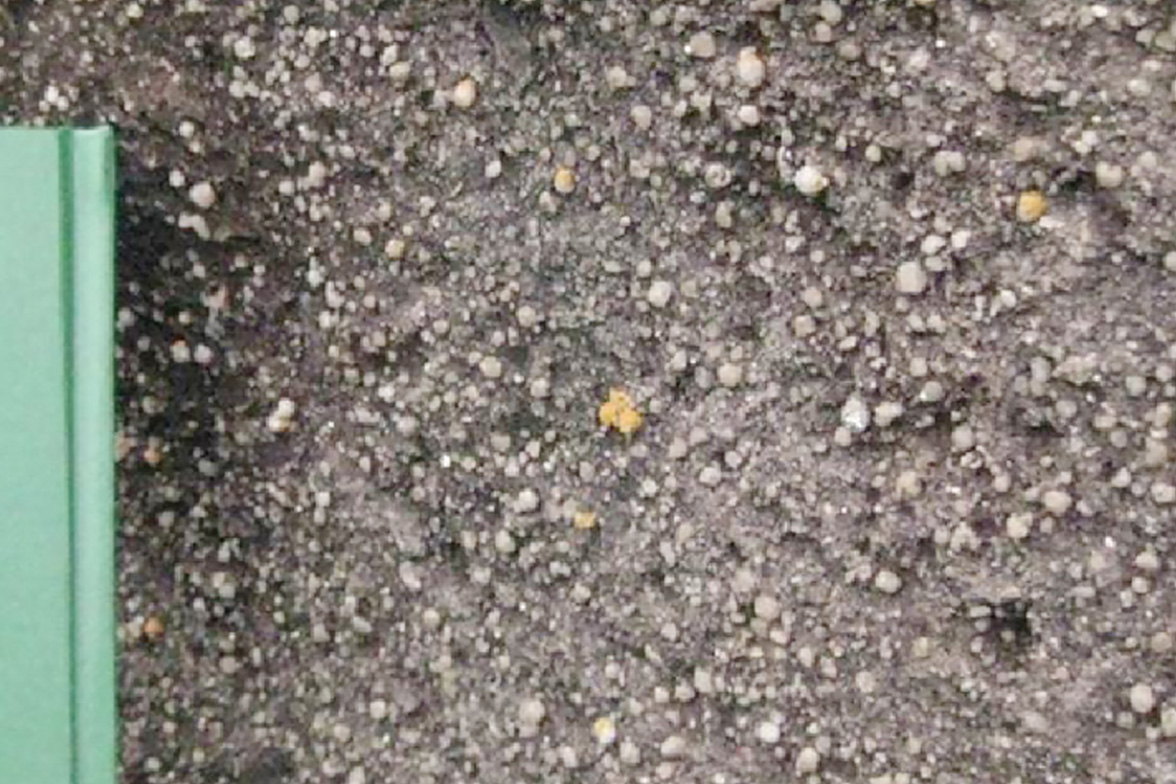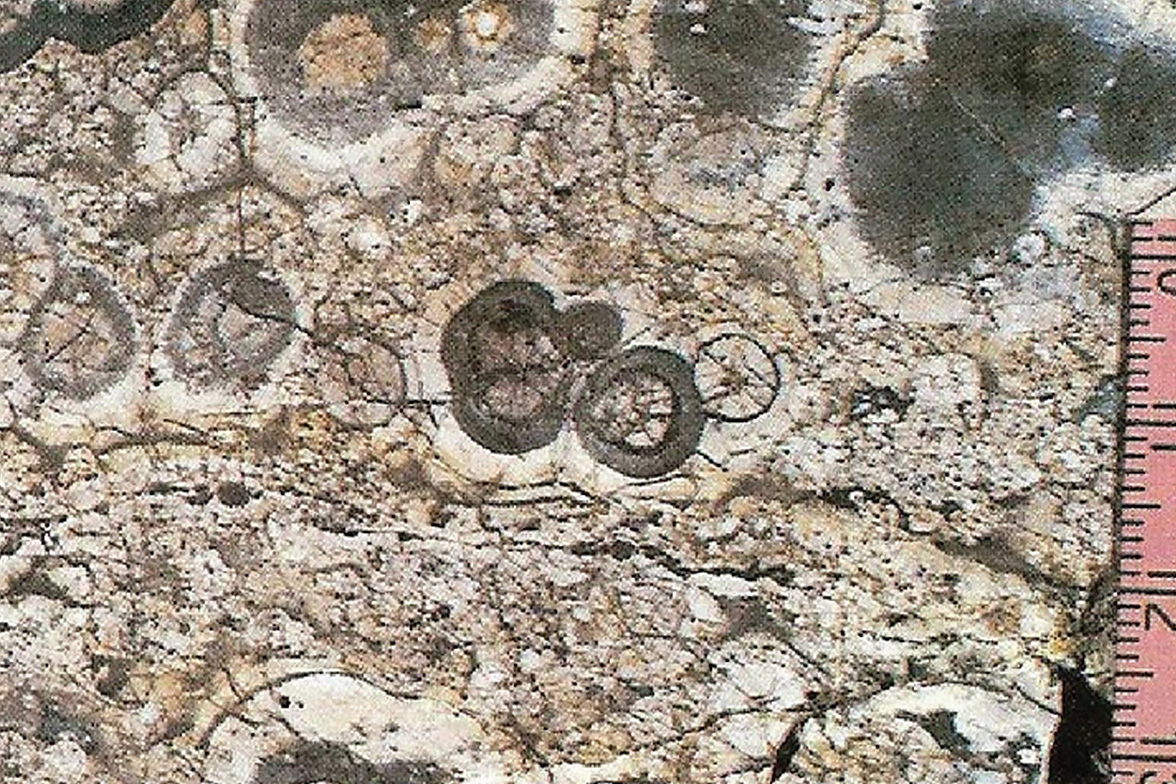Haeundae Beach
Haeundae Beach is spotlighted as Korea’s first-rate beach with a three-dimensional tourism belt, including Haeundae Hot Spring, Dongbaekseom Island, Dalmaji-gil Road, Cheongsapo Port, Olympic Park and Yachting Center, all of which are harmonized with superb natural landscape and time-honored historical background. With shallow waters, a small tidal range, many amenities and amusement facilities, the beach attracts more than 10 million visitors every year. With Busan Aquarium located at the entrance to the beach, various major domestic and international events are held there, including Small Beach Library, Sunrise Festival, Moonlight Hot Spring Festival and Sea Festival, providing abundant sights and entertainment for tourists and visitors.
- 051) 749-4085
- 877m from exit 3 or 5 of Haeundae Station on Metro line 2
- Intra-city bus
- Bus No. 139, 307 and 1003 → Get off at “Haeundae Beach”.
- Bus No. 31, 38, 39, 63, 100, 100-1, 115-1, 141, 181, 200 and 1001 → Get off at “Haeundae Station”.
